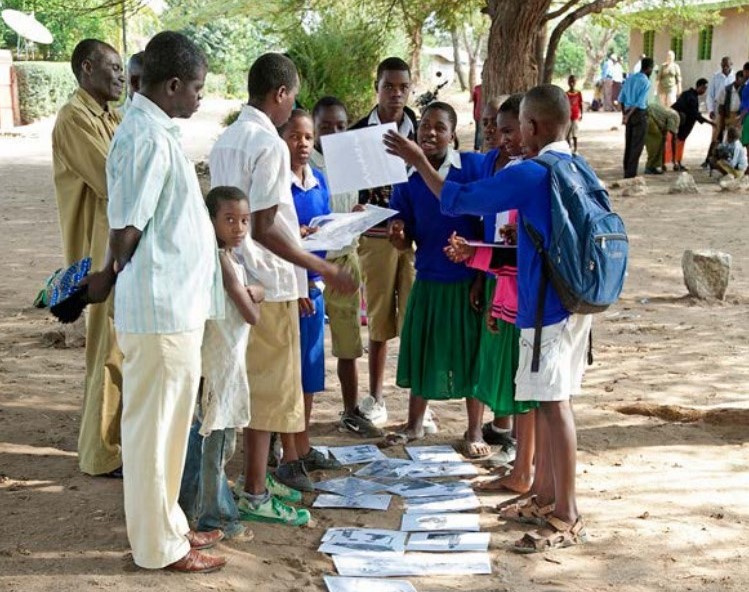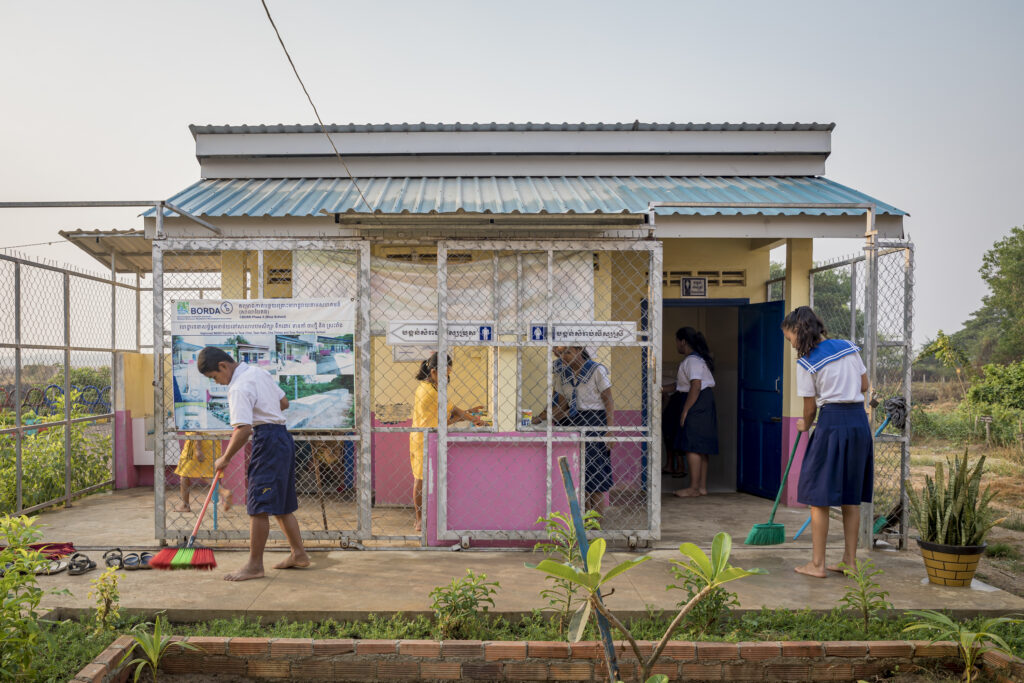
18. November 2020
CHAST – Children Hygiene and Sanitation Training – a New Edition Launched by Caritas Switzerland
Working in primary schools with teachers and children is an efficient way towards improving hygiene...
Read more

18. November 2020
Blue Schools in Cambodia – a Successful Approach Embedded into Community Efforts for Disaster Risk Reduction
Since 2018, Caritas Switzerland has been implementing the Swiss Water and Sanitation Consortium’s Blue School...
Read more